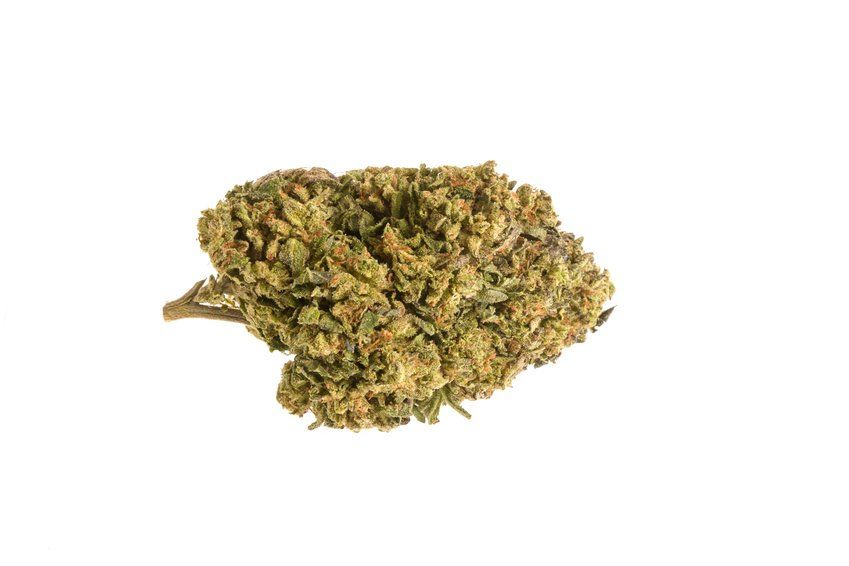Regular Portland marijuana dispensary patrons might be interested to know that researchers are currently looking into the effects of cannabis on our eyesight — more specifically, night vision.
Of course, the concept that cannabis could enhance night vision in humans is not a new one. About 25 years ago, pharmacologist M.E. West of Kingston, Jamaica published a study about the incredible ability of local fisherman to see in the dark. What did these fishermen all have in common? They all consumed some form of cannabis.
“It was impossible to believe that anyone could navigate a boat without a compass and without light in such treacherous surroundings,” reported West. He was certain that it wasn’t their years of experience navigating boats through the coral reefs that allowed them to hone their skills. Rather, he believed that something in the cannabis caused exceptional night vision.
Following this discovery, researchers learned that the eye contains more CB1 protein receptors than the brain, causing cannabinoids to bind to the eye in greater numbers.
Recently, researchers from the Montreal Neurological Institute conducted a study testing a synthetic form of a cannabinoid on the eye tissue of African clawed toad tadpoles. They found that not only were the cannabinoids binding with the CB1 receptors in the eyes, but a protein called NKCC1 was restricted as well, making the eyes respond more rapidly to changes in light.
“Overall, these experiments show that cannabinoids reduce the concentration of chloride ions inside the retinal ganglion cells, making them more excitable and more sensitive to light,” said The Guardian.
So, will the green queen, pineapple diesel, or blue dream marijuana you buy at your local marijuana dispensary give you the ability to see in the dark? Maybe. Scientists say that further study needs to be conducted on the herbal medicine. Obviously, they are interested in testing a natural form of cannabis on human subjects to determine if heightened night vision is really an effect of cannabis consumption.
Unfortunately, social taboos and legal hurdles restrict the kinds of tests that can be done involving humans and cannabis. For now, the FDA-approved marijuana drugs dronabinol and nabilone will continue to be used to treat nausea and boost appetite. It’s possible, however, that medical marijuana will soon be used to improve eyesight and treat eye diseases.




